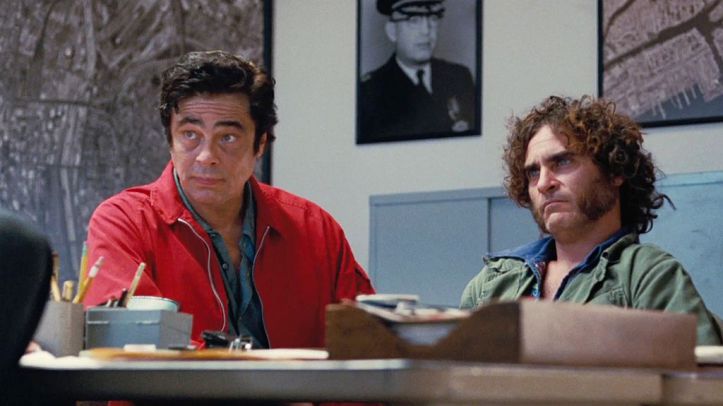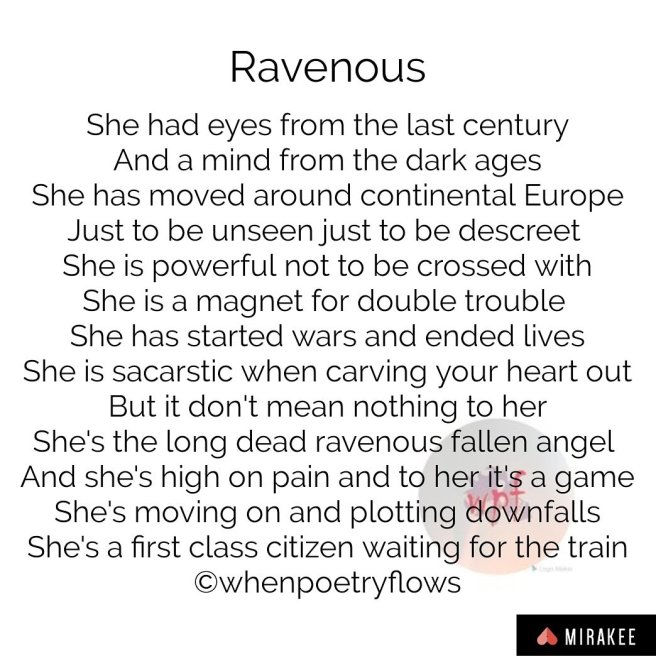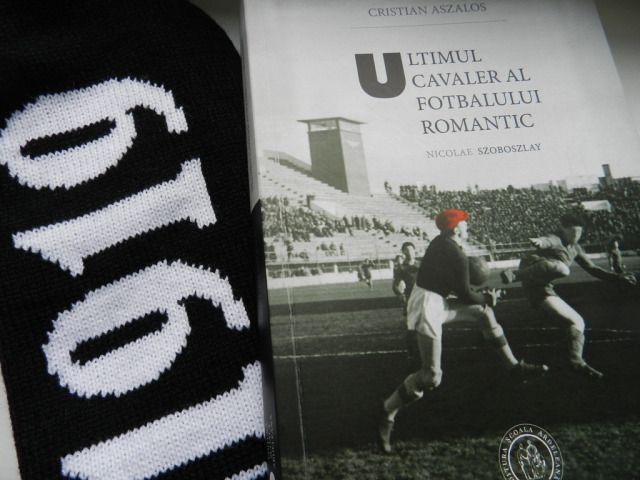
It’s okay if you watched it and found it to be extremely frustrating and not making any bit of sense. There’s nothing wrong with you. It’s very understandable why somebody would hate a film like this. And it’s great if you watched it and came away feeling thoroughly entertained.
Inherent Vice is arguably Paul Thomas Anderson’s most polarizing film yet – it may have prompted walkouts even among the auteur’s most die-hard fans. Adapted from Thomas Pynchon’s 2009 novel of the same – one of those novels that were considered unfilmable – it’s a private eye story whose author can be described as “Raymond Chandler on crack”.
Most private eye stories begin with something (a missing person or a murder) and end with something else (the missing person found or the murder solved). Sometimes their labyrinthine structure makes you forget how it all began. And even if you’re able to recall that, you may find it hard to explain what exactly happened in the middle. One classic example is Raymond Chandler’s The Big Sleep and its 1946 movie adaptation starring Humphrey Bogart as the Philip Marlowe, one of the most popular fictitious investigators. The story goes that even Chandler doesn’t know who the real killer is.
Inherent Vice, on the other hand, is an entirely different beast. The Big Sleep, despite having the appearance of a conventional mystery, has the advantage of being fast-paced and endlessly watchable. It gets out of its intricate web quite effortlessly and somehow manages to reach you to its ending fast. Everyone who loves watching black-and-white classics will have a good time. That’s not the case, however, with Inherent Vice. It’s easy to remember how this film began but you can’t make sense of what happened in the middle or what happened in the end.
There are several reasons for this. To begin with, the characters are either whispering to each other or speaking in a low voice for 90% of the film. This is especially true of Joaquin Phoenix’s scenes with Benicio Del Toro or with Owen Wilson. I mean, the film is complicated as it is, and on top of that, you’re bound to lose your grip over whatever you’ve been able to retain so far if you don’t pay proper attention. This film requires your utmost and undivided attention for every second of it. And even then, you’re not sure what exactly happened.
This is how it begins: Doc Holliday’s (Phoenix) ex-girlfriend Shasta Fey (Katherine Waterston) shows up out of the blue one day bringing him a soon-to-be-missing person’s case. This person happens to be a much older man she is dating currently – a millionaire named Mickey Wolfmann (Eric Roberts). His British wife – who is also cheating on him – wants to get him locked up in a mental institution (probably a homage to Chandler’s The Long Goodbye) so that she and her lover can have all his money; and they want Shasta to join them.
From thereon, the story takes several detours – more than your usual private dick story – and you begin to wonder what exactly their connections to Doc’s original mission are. Not everything is resolved and you may find yourself pulling your hair out on multiple occasions. And prepare to meet an assortment of wacky characters (most of them seem to be perpetually high), secret cults, and drug smugglers.
At one point, Doc makes a stopover at a sex parlor, is knocked out cold by an unseen assailant, and later wakes up alongside a dead man, thereby becoming a suspect. Imagine that: the detective becomes a suspect in the case he is investigating. And there is another crazy situation involving a bizarre, drug-snorting dentist who is possibly a pedophile.
And it should be no surprise considering the time it was set in: the ‘70s. The story manages to incorporate every predominating element from that period and make some good jokes out of them. My favorite is the dig at the paranoia associated with the Manson Family massacre: “Any gathering of three or more civilians is considered a possible cult.” There is also a reference to Gilligan’s Island (Del Toro mentions “the three-hour tour” in a restaurant conversation).
How you see this film is all up to you. I had a much better time with it the second time around. I thought it was a pretty good hangout movie. There’s so much fun to be had here if you’re willing to look for it. I loved its mellow tone, unhurried pace, and overall quirkiness. How can you not laugh when Josh Brolin’s tough cop with the “John Wayne walk” dresses himself up as an African-American and appears in a TV commercial? Or, when you find out that at his home, his wife treats him like a child and he has to obey her orders?
Advertisements Share this:




